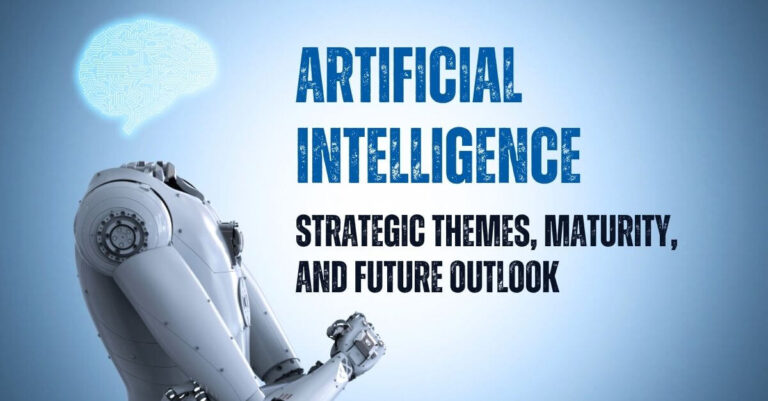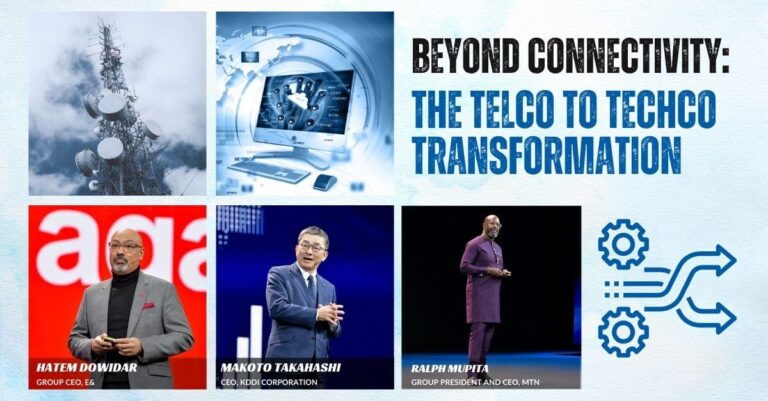Customers can now build generative AI applications seamlessly without AI expertise, data movement, or additional costs. HeatWave GenAI surpasses Snowflake, Google BigQuery, and Databricks in vector processing speeds, achieving 30x, 18x, and 15x faster performance, respectively.
Introduction of HeatWave GenAI
Oracle has announced the availability of HeatWave GenAI, featuring the industry’s first in-database large language models (LLMs) and an automated in-database vector store. This new offering also includes scale-out vector processing and contextual natural language interactions informed by unstructured content. HeatWave GenAI enables enterprises to leverage generative AI directly within their database, eliminating the need for AI expertise or data migration to separate vector databases. It is now available across all Oracle Cloud regions, Oracle Cloud Infrastructure (OCI) Dedicated Region, and multiple clouds at no extra cost to HeatWave customers.
Key Features of Oracle HeatWave GenAI
Developers can now create a vector store for unstructured enterprise content using a single SQL command, thanks to built-in embedding models. Users can perform natural language searches in one step, utilizing either in-database or external LLMs. With HeatWave’s high scalability and performance, there is no need to provision GPUs, simplifying application complexity, enhancing performance, and improving data security while lowering costs.
Enhancing Enterprise AI with HeatWave
“HeatWave’s innovation continues with the integration of HeatWave GenAI,” said Edward Screven, Oracle’s Chief Corporate Architect. “These AI enhancements enable developers to quickly build rich generative AI applications without AI expertise or data movement. Users can interact intuitively with enterprise data to get accurate business insights swiftly.”
Industry Reactions to HeatWave GenAI
Vijay Sundhar, CEO of SmarterD, commented, “HeatWave GenAI simplifies generative AI use, significantly reducing application complexity, inference latency, and costs. This democratization of AI will enhance our productivity and enrich our applications.”
Innovative In-Database LLMs and Vector Store by Oracle
Oracle’s in-database LLMs reduce the complexity and cost of developing generative AI applications. Customers can perform data searches, content generation, and retrieval-augmented generation (RAG) within HeatWave’s vector store. Additionally, HeatWave GenAI integrates with OCI Generative AI services to access pre-trained models from leading LLM providers.
The automated in-database vector store allows businesses to utilize generative AI with their documents without transferring data to a separate database. The process, including document discovery, parsing, embedding generation, and insertion into the vector store, is fully automated within the database, making HeatWave Vector Store efficient and user-friendly.
Oracle HeatWave’s Advanced Vector Processing
HeatWave’s scale-out vector processing supports fast and accurate semantic search results. It introduces a native VECTOR data type and an optimized distance function, enabling semantic queries using standard SQL. HeatWave’s in-memory hybrid columnar representation and scale-out architecture ensure near-memory bandwidth execution and parallel processing across up to 512 nodes.
HeatWave Chat: Simplifying User Interactions
HeatWave Chat, a Visual Code plug-in for MySQL Shell, provides a graphical interface for HeatWave GenAI. It allows developers to ask questions in natural language or SQL, maintain context, and verify answer sources. The integrated Lakehouse Navigator facilitates the creation of vector stores from object storage, enhancing the user experience.
Impressive Benchmark Performance of HeatWave GenAI
HeatWave GenAI demonstrates impressive performance in creating vector stores and processing vector queries. It is 23x faster than Amazon Bedrock for creating vector stores and up to 80x faster than Amazon Aurora PostgreSQL for similarity searches, delivering accurate results with predictable response times.
HeatWave GenAI: Customer and Analyst Endorsements
Safarath Shafi, CEO of EatEasy, praised HeatWave’s in-database AutoML and LLMs for their differentiated capabilities, enabling new customer offerings and improving performance and quality of LLM results.
Eric Aguilar, founder of Aiwifi, highlighted HeatWave’s simplicity, security, and cost-effectiveness in leveraging generative AI for enterprise needs.
Holger Mueller, VP at Constellation Research, emphasized HeatWave’s integration of automated in-database vector stores and LLMs, which allows developers to create innovative applications without moving data, ensuring high performance and cost efficiency.
Oracle HeatWave: Integrated AI and Analytics Solution
HeatWave is the only cloud service offering integrated generative AI and machine learning for transactions and lakehouse-scale analytics. It is a key component of Oracle’s distributed cloud strategy, available on OCI, AWS, Microsoft Azure via Oracle Interconnect for Azure, and in customer data centers with OCI Dedicated Region and Oracle Alloy.
Read the HeatWave technical blog





















